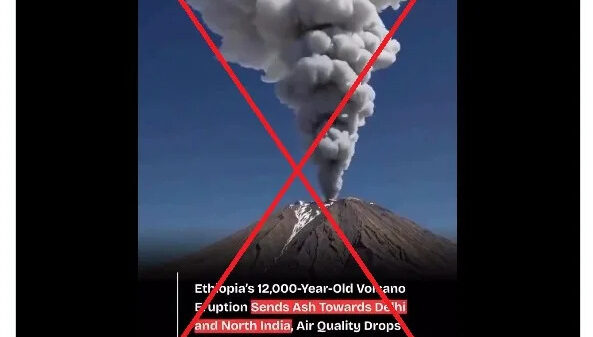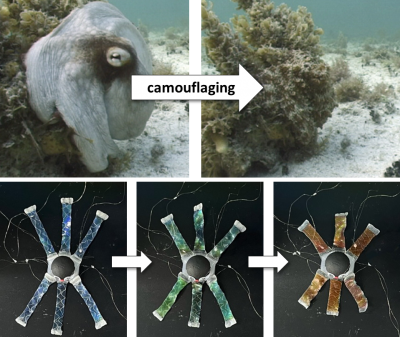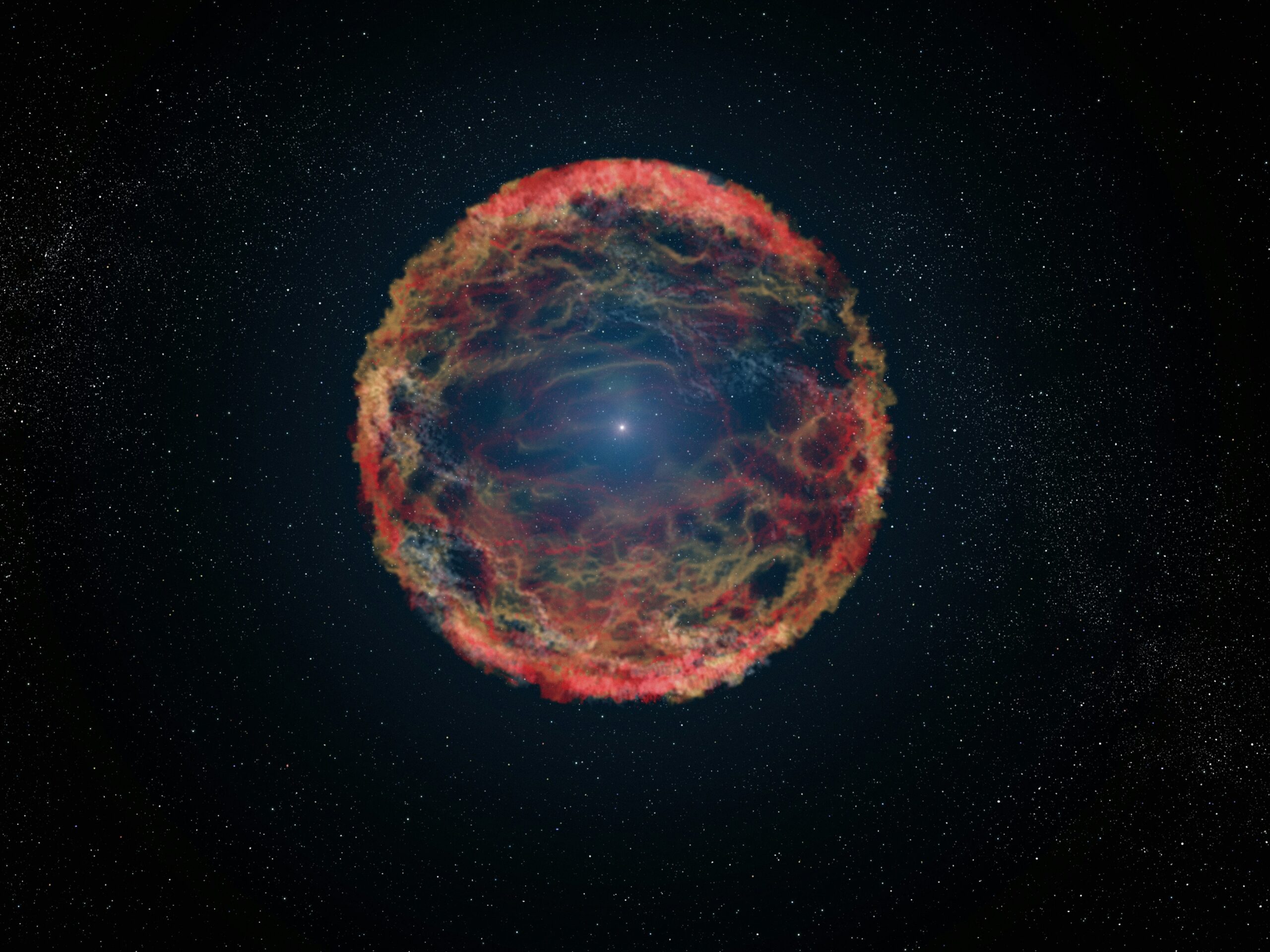A team of astronomers from the University of Hawaiʻi Mānoa has achieved a significant milestone in astrophysics by mapping the three-dimensional structure of a supernova as it erupted. The explosive event, designated SN 2024ggi, occurred in the nearby galaxy NGC 3621 and was observed during the critical shock-breakout phase, providing an unprecedented view of the star’s violent end.
The findings, published in the journal Science Advances, reveal that the supernova took on an elongated, olive-like shape rather than the expected spherical form. This observation was made possible through rapid coordination among various observatories shortly after the event was detected in April 2024.
Rapid Response and Observation
As soon as the alert for SN 2024ggi was received, the astronomers initiated an urgent request for telescope time. Within approximately 26 hours, the Very Large Telescope (VLT) in Chile was directed towards the supernova. Utilizing the FORS2 instrument, the team successfully captured polarized light during the narrow window of the shock breakout, which would have closed within a day. This early data was crucial for revealing the three-dimensional geometry of the explosion.
According to Chris Ashall, an assistant astronomer at the University of Hawaiʻi Mānoa’s Institute for Astronomy, this event represented a rare opportunity. “This was the kind of relatively nearby explosion you might see once in a decade,” Ashall stated, highlighting the importance of timely collaboration across observatories to make such observations possible.
Understanding the Supernova’s Structure
By analyzing how the polarization of light changed with wavelength, the research team reconstructed the ejecta’s three-dimensional structure. Their results indicated an axisymmetric, prolate shape that flattened as it interacted with surrounding gas but retained its orientation. This persistent axis suggests that large-scale mechanisms could play a significant role in how massive stars explode.
Follow-up modeling and spectra identified the progenitor star as a red supergiant, approximately 12–15 times the mass of the Sun and about 500 solar radii in size. These parameters are consistent with typical Type II explosions, aiding in the understanding of the brief yet intense shock-breakout signal observed.
In addition, a coordinated follow-up campaign involving NASA’s James Webb Space Telescope is currently monitoring the expanding debris from the supernova. Early spectra from the JWST reveal clumpy material where molecular formations appear to be occurring, further contributing to the understanding of the aftermath of such cosmic events.
The collaboration between the University of Hawaiʻi Mānoa and other global institutions exemplifies the effectiveness of rapid alerts and flexible scheduling in capturing fleeting phenomena that offer significant insights into stellar deaths. The findings from this supernova not only shed light on the event itself but also enhance the broader understanding of the life cycles of massive stars.





































































